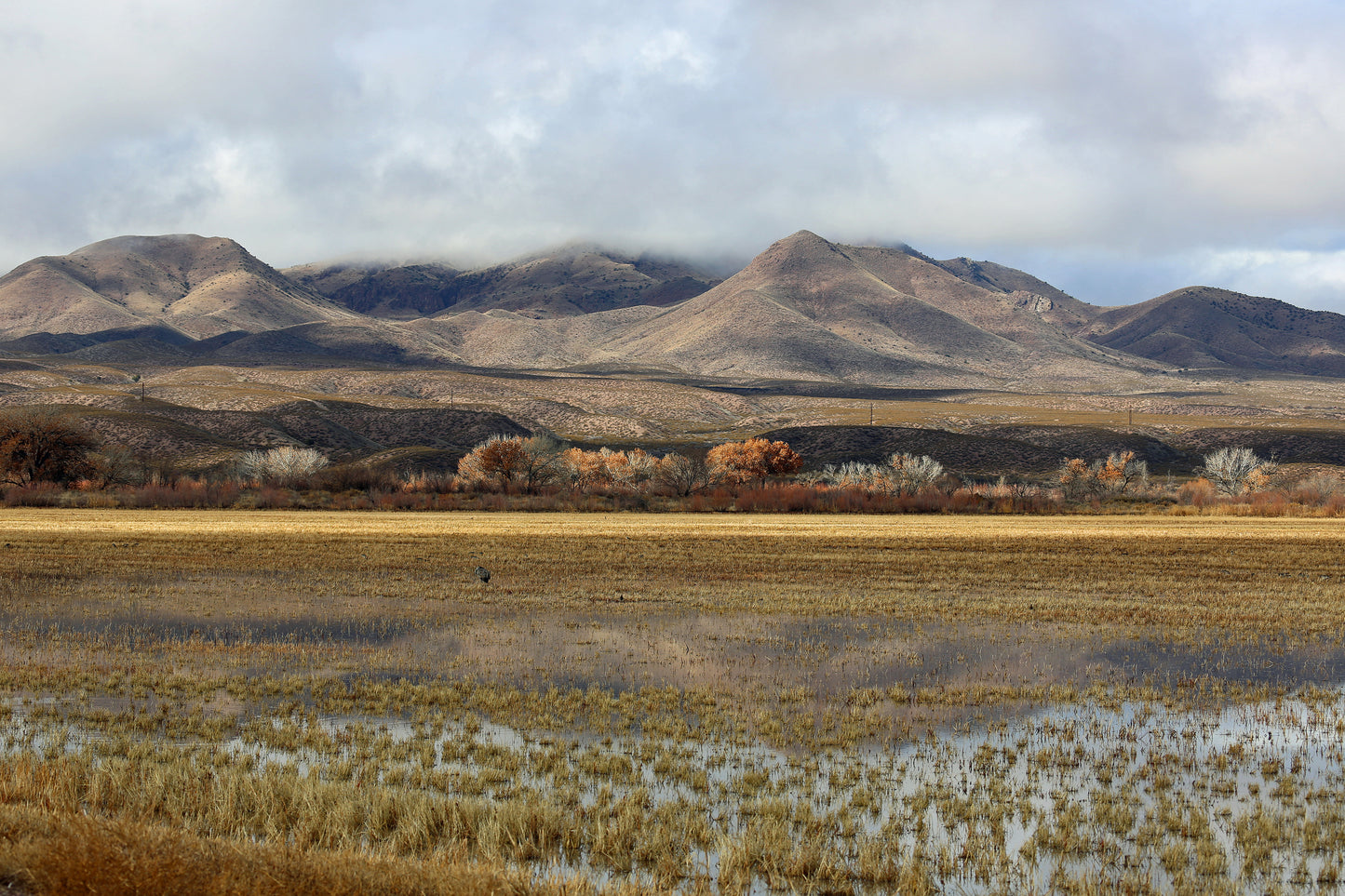Full title: FT26RM03. Stratigraphy, Age Control, and Evolution of Lake Socorro, a Late Miocene Playa Lake in the Socorro Basin: Implications for Early Downstream-Directed Integration of the Ancestral Rio Grande
Leader(s): Daniel Koning, Matthew Heizler, Sean Connell
Volunteer(s): Charles (Jack) Oviatt
Endorser(s): GSA Sedimentary Geology Division; GSA Limnogeology Division
CEUs: 1.0
Date(s): Thu., 21 May
Location: Hotel Albuquerque at Old Town, Albuquerque, New Mexico, USA
Start Time: 6 a.m.
End Time: 7 p.m.
Description: The two largest rivers of the American Southwest, the Rio Grande and the Colorado, both experienced noteworthy downstream-orientated integration in the Neogene. This field trip focuses on an important component of the Rio Grande's history: its integration through the Socorro Basin in central New Mexico. We argue that for much of 9.5-7.0 Ma, this playa-lake served as the terminus for the axial river of the rift (the ancestral Rio Grande). This trip focuses on two general localities whose outcrops exhibit the stratigraphy and paleo-depositional environments of Lake Socorro, a major alluvial fan that served as its southern sill, and the earliest deposits of the eventual through-going river. Key to constraining this evolution is 40Ar/39Ar dating of interbedded basalts, tephra, and detrital sanidines of sand bodies. Detrital sanidine data also provide essential provenance information and confirm the Rio Grande carried sand from northern New Mexico through the study area by 7 Ma. This field trip showcases playa lake lithofacies and related depositional environments of a terminal playa-lake, and the utility of detrital sanidine dating in a volcanically active rift environment. After comparing the nature and timing of this integration with that of the lower Colorado River, we discuss the relative roles of paleoclimate, local tectonics, and regional uplift of the Rio Grande headwaters in driving early Rio Grande integration.
Considerations: The drive to and from Albuquerque to Socorro is 1.5 hours (each way). In the Socorro area, there will be an additional driving time of about 1.5 hours. This field trip involves one 2 mile, 3 hour long hike in addition to two short hikes from the vehicles. The short hikes are each less than 0.5 miles long. Hiking will involve going up and down steep slopes, climbing over a sloping 3 m-tall dry fall, and navigating badland topography. The weather will likely be hot (likely as warm as mid 90s Fahrenheit) and participants need to come prepared with hats, sunglasses, sunscreen, and appropriate clothing. Those who are not used to hiking in these temperatures will be at higher risk for serious heat-related ailments (e.g., heat exhaustion and sunstroke). Participants should be prepared to urinate and defecate "behind the bush", as there will be no restrooms available except for a gas-station stop in mid-afternoon. Water and lunch will be provided.
By purchasing this item, you are buying a seat for an in-person geological field trip
Field Trips offer Continuing Education Units (CEUs). One CEU equals 10 hours of participation in an organized continuing education experience under responsible sponsorship, capable direction, and qualified instruction.
Please review these Field Safety Documents. You will be contacted to provide your consent to these forms after purchasing a field trip.
Learn more about this and other Rocky Mountain Section Meeting Activities.
For additional information, please contact fieldtrip@geosociety.
Product Code: FT26RM03
Product Category: FTRIP


